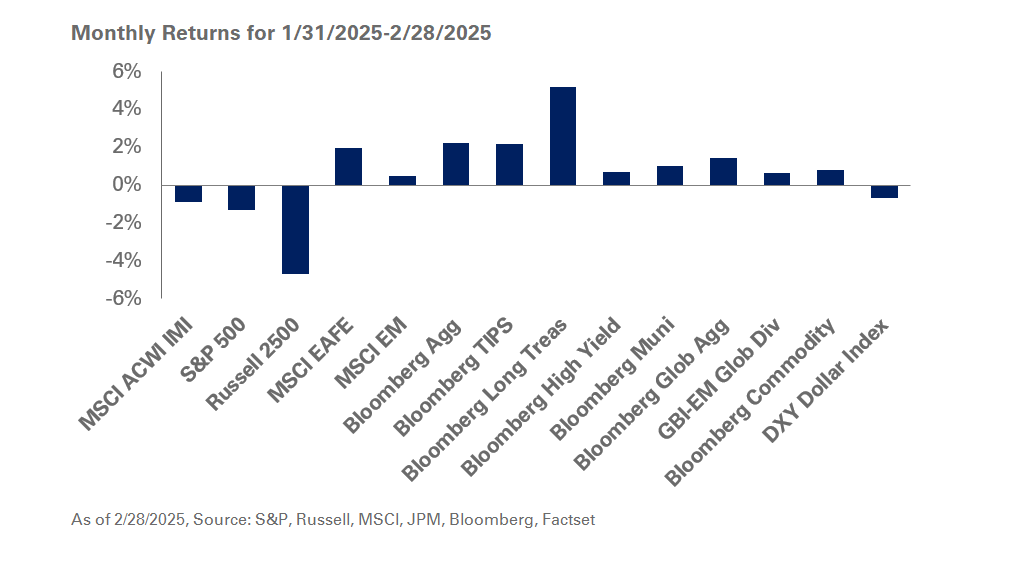As faltering stocks, sticky inflation and higher interest rates dampen investment sentiment and increase the likelihood of a recession, we maintain our cautious stance towards risk assets. Amid our defensive posturing, U.S. equities have lost nearly 20% in the second quarter while fixed-income markets have suffered meaningful drawdowns so far this year. Our defensive risk profile is a far cry from our positive outlook of the last few years and underscores our concerns around narrowing equity risk premiums as bond yields rise.
Historically, we have highlighted a call-to-action to investors to rebalance stocks during drawdowns of this magnitude. However, we are not in favor of rebalancing public equities at this time given the current investment landscape and central banks pivoting to focus on inflation rather than manage investor sentiment. Importantly, for many of our clients, the portfolio drawdown associated with stock and bond markets is unlikely to have pushed portfolio equity exposure low enough to hit official rebalancing policy triggers.
In addition, we encourage investors to be mindful of their private market exposure when assessing triggers around total portfolio rebalancing, as private assets are generally valued with a quarterly lag and are likely to see markdowns in the coming months. To that end, we remain comfortable with investors maintaining portfolio exposure to equity and risk assets below policy targets. Furthermore, we are unlikely to alter our defensive stance until we see an about-turn in expectations for tighter monetary policy and elevated inflation levels. Should stocks continue to dive lower or credit spreads widen we will reevaluate our position on risk assets.
Despite this challenging market environment and the higher likelihood of a recession, we still see opportunities. We encourage investors to build exposure in short-term investment-grade bonds as higher yields offer an attractive defensive position. We also continue to advocate the addition of largecap value exposure to U.S. equities and believe this exposure can help mitigate the impact on portfolios of heightened inflation levels and rising interest rates relative to the S&P 500. In addition, we cannot overstate the importance of knowing your portfolio’s liquidity needs in periods of market stress. To that end, we encourage maintaining an appropriately sized allocation to safe-haven fixed-income exposure.
This uncertain environment is very much in-line with our 2022 key market theme of economic crossroads, where we discuss capital markets being at crossroads, looking at one of three paths: high economic growth, entrenched inflation, or a return to secular stagnation. While it remains uncertain which investment regime will ultimately dominate, the likelihood of entrenched inflation has ratcheted up along with concerns of stagnant economic growth.
Standing at these economic crossroads, we see a bumpy ride ahead impacting the behavioral biases of market participants accustomed to an accommodative Federal Reserve and seemingly unstoppable equity markets. As a result, we ask investors to show patience in the face of uncomfortable inflation statistics and discouraging economic data as the markets reveal the road they will take and the new investment regime that will emerge.
To further discuss the current economic environment or for questions on your investment portfolio, please reach out to your NEPC consultant.



